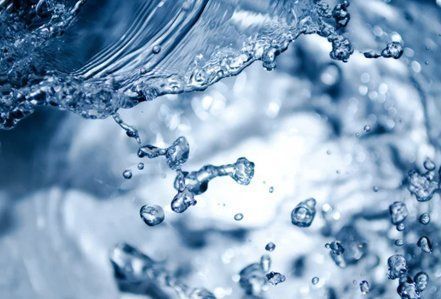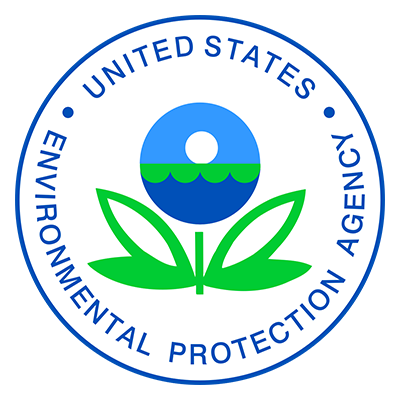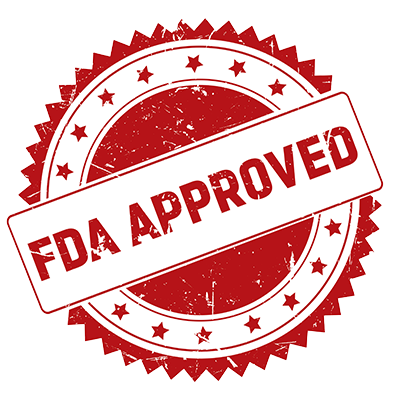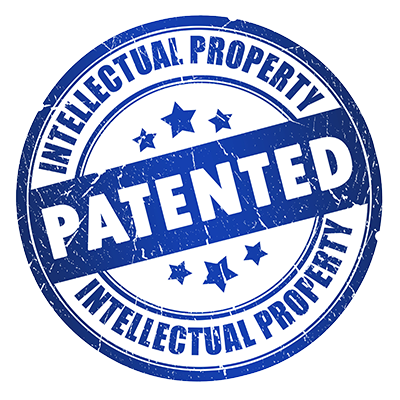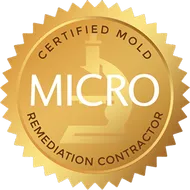In this series of posts, I’ll be explaining how peracetic acid (PAA) kills or inactivates microbes. But first I need to set the stage. PAA is a highly reactive molecule. But to explain what the PAA is reacting with and why that matters, I first need to describe what microbes are made of. All living things (including microbes) are made up of a complex mix of chemicals. But we can place all of those chemicals into three broad groups: water, small molecules, and macromolecules.
Water
In this series of posts, I’ll be explaining how peracetic acid (PAA) kills or inactivates microbes. But first I need to set the stage. PAA is a highly reactive molecule. But to explain what the PAA is reacting with and why that matters, I first need to describe what microbes are made of. All living things (including microbes) are made up of a complex mix of chemicals. But we can place all of those chemicals into three broad groups: water, small molecules, and macromolecules.
Water also has an unusual property in that it becomes less dense when it freezes. Most liquids get denser when they become solid. If water behaved that way, during cold temperatures ice would form at the top of a lake and then sink to the bottom. This would happen over and over again until the entire lake was frozen. When warm temperatures returned, the water at the top of the lake would melt, but the rest would stay frozen. This would happen in the oceans, too, so most of the planet would be ice. But water doesn’t behave that way. Ice forms at the top of the water and floats because it is less dense. The water underneath stays liquid. This means that the lake will become entirely unfrozen in warm weather. This also means that animals, plants, and microbes can survive cold temperatures by living in the water underneath the ice.

